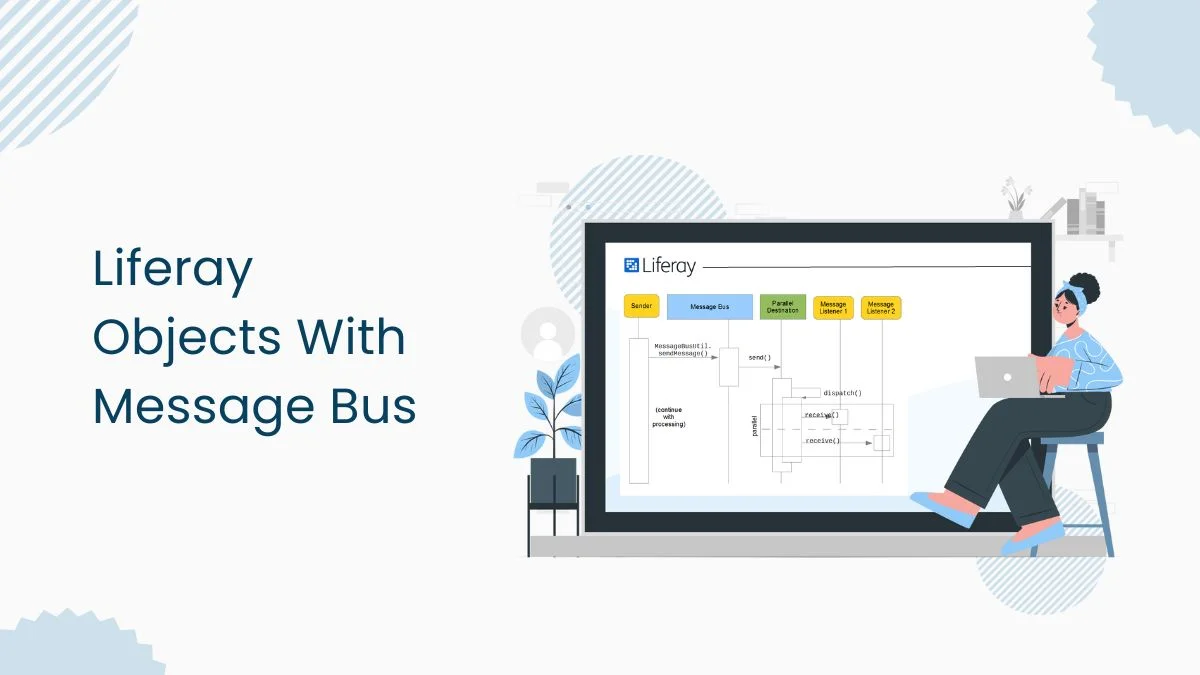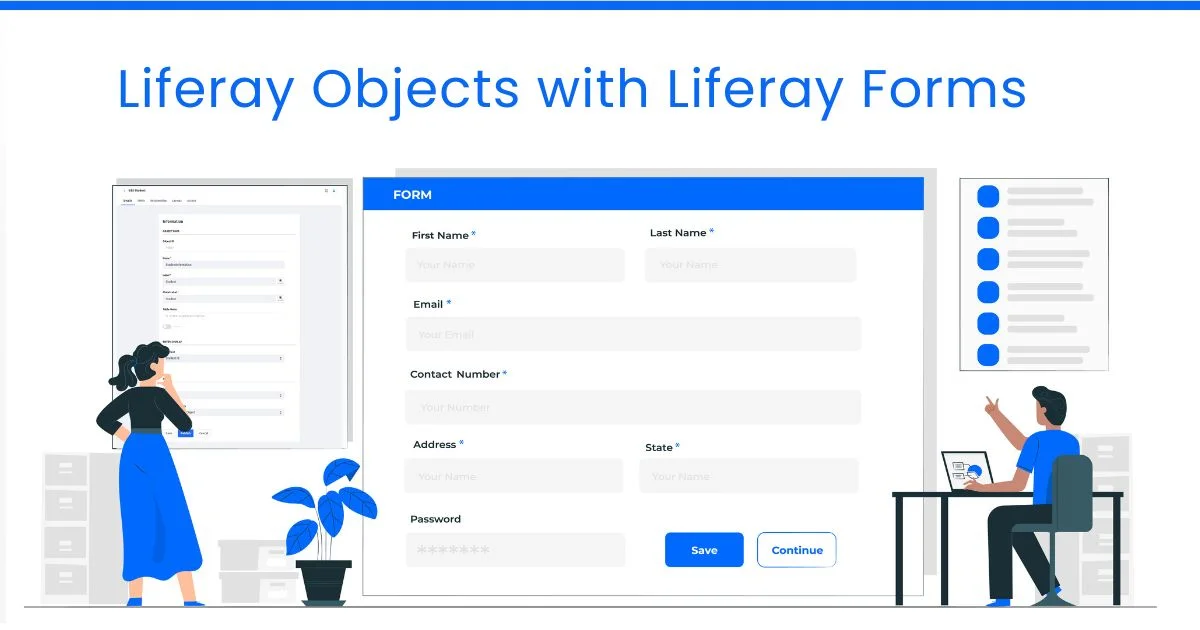About Client
The client is a global leader in Music rights administration, offering comprehensive services in copyright research, music license management, royalty reporting, and strategic consulting. They cater to a wide range of industries, including digital music services, record labels, television stations, broadcasters (both terrestrial and satellite), social networks, user-generated content platforms, and consumer products companies.
Business Goals & Specifications
- Client Onboarding Process
- A streamlined client onboarding process needs to be developed. This process should be easily customizable by non-technical users, facilitating an efficient setup and integration.
- Dedicated Client Sites
- Each client will have a dedicated site within the Music License Management Portal, where they can log in and manage their data, including reports and documents. This setup ensures personalized data management and access.
- Data Visualization
- The system must provide a visual representation of the data on the client dashboard, enabling intuitive insights and effective decision-making.
- Secure Payment Gateway
- A secure payment gateway is required to handle royalty fee transactions securely, ensuring all financial operations are conducted with high security.
- Third-Party Integration
- The portal should support integration with third-party systems, including various databases, to ensure smooth data exchange and enhance operational efficiency.
- Bulk Data Upload
- A bulk upload feature is necessary for managing large volumes of data effectively, facilitating smooth data migration and management within the Music Royalty Management System.
- Conflict Resolution
- Functionality to resolve conflicts between clients should be developed, ensuring effective management of any issues that arise.
- Onboarding Status Tracking
- Users associated with a client should be able to check the status of onboarding processes, offering transparency and tracking capabilities.
- Secure Login with MFA
- A secure login with Multi-Factor Authentication (MFA) is required for external users to protect sensitive information and enhance overall security.
Implemented Features & Capabilities
- Multi-Factor Authentication : Implemented Google Authenticator for signing in, with user authentication and access control managed by Liferay and integrated with OpenID Connect.
- Picklist Management : Configured support for both Admin action-based and scheduled picklist loading.
- Client-Specific Sites : We developed dedicated sites and folder structures for each client.
- Error Handling : Comprehensive error handling is implemented on both the frontend and backend during file processing.
- Client Site Creation : Allows clients to create sites for their own clients, with current users and organizations imported from the LDAP directory.
- Data Management : Picklist data is sourced from the backend dictionary table, with Elasticsearch (ES) utilized for handling large tables.
- File Uploads : Supports direct data file uploads, including creating and mapping objects to the master object via backend APIs, and bulk CSV uploads to the client object.
- Real-Time Notifications : Integrated a Kinesis stream to enable users to receive real-time messages and notifications.
- Workflow Management : Implements parent-child workflows with the ability to initiate workflows manually or through file uploads, and approve or reject workflows for file upload processes.
- Dynamic Tabs : Tabs can be generated dynamically based on specific actions.
- Notification System : Sends notifications to users via email and Liferay notifications across various instances.
- Centralized Logging : Maintains a centralized logging system in a clustered environment.
- Low-Code/No-Code Development : Utilizes Liferay’s low code/no code capabilities to quickly develop and customize functionalities.
- Clustered Environment : The dev cluster environment consists of 3 nodes, with one always serving as the master. If the master node fails, the other nodes can take over until a new master is elected or the original master is restored.
- Data Ownership and Conflict Management : Implemented a workflow managed by the Copyright Research Supervisor for handling data conflicts, including mediation and document submission processes.
- Document Submission and Ownership : If the Original Claimant submits documents within a specified time, the Supervisor notifies the new claimant to submit their documents; otherwise, the new claimant becomes the content owner. If both parties submit documents, the conflict is resolved externally, with the Supervisor maintaining an entry on the website.
- Scheduler Management : Manages submission durations via a ‘scheduler’, utilizing Liferay workflows.
- Document and Media Management : Extends Liferay’s out-of-the-box document and media folder functionality for uploading and maintaining documents.
Technology Components & Implementations
- Liferay CE Portal 7.4 GA 4 : Utilized as the core platform for the portal, leveraging custom entities and integrating workflows and indexers.
- Custom Entities and Workflow : Developed custom entities with integrated workflows and indexers to enhance functionality.
- SMTP Configuration : Configured SMTP for implementing email notifications, ensuring reliable communication.
- LDAP Integration : Enabled user logins with company email addresses through LDAP, streamlining access.
- Elastic Search : Employed to improve performance and logging capabilities.
- Aurora MySQL :Used as the multi-node database, providing robust data management.
- AWS : Leveraged for maintaining the cluster and deploying JAR files, ensuring scalable infrastructure.
- React JS : Developed the front end of the web application, enhancing user interface dynamics.
- React Testing Library and Jest : Conducted unit testing for front-end code to ensure functionality and quality.
- SonarQube : Implemented for testing back-end code, ensuring high code quality and reliability.
- Material UI : Used for building components in React, improving the visual design of the application.
- Apollo Client and GraphQL : Facilitated communication between the front end and back end.
- Message Bus : Enabled communication between various modules and services.
- Google Authenticator : Integrated for secure user authentication.
- Kinesis : Utilized for streaming messages and notifications to users in real-time.
- Kibana : Implemented for data visualization, providing valuable insights into application data.
- PgSync : Used to synchronize data from Postgres to Elasticsearch, improving data accessibility.
- HashRouter : Implemented for client-side routing in the web application, enhancing navigation.
- Figma : Used for designing and prototyping the user interface, ensuring a user-friendly experience.
- Docker : Leveraged for containerizing applications, ensuring consistent environments across development, testing, and production.
Technical Blueprint
ReactJS
MySQL
SMTP
REST APIs
Docker
Liferay CE Portal 7.4 GA 10
Google Authenticator
Google Docs
Kinesis
GraphQL Federation
PgSync
ElasticSearch
React Testing Library
Jest
HashRouter
Typescript
Material UI
Kibana
Python
Airflow
Figma
Docker
GraphQL Federation
HashRouter
Airflow
Benefits & Value Proposition
- Streamlined Onboarding : Efficient, customizable onboarding process for quick client setup, reducing integration time.
- Enhanced Data Integrity : Conflict resolution ensures accurate data, supporting critical operations and reducing discrepancies.
- Secure Authentication : Multi-factor authentication (MFA) with Google Authenticator adds an extra layer of security for users.
- Real-Time Notifications : Integrated real-time notifications keep users updated on important actions and events.
- Advanced Data Visualization : Kibana integration offers visual insights, helping clients make informed decisions easily in case of server issues.
- Efficient Data Management : Bulk data uploads streamline managing large datasets, simplifying data migration and entry.
- Centralized Logging : Centralized logging and robust error handling improve issue identification and system reliability.
- Custom Client Sites : Personalized, secure client-specific sites enhance data management and accessibility.
- Flexible Workflow Management : Supports both manual and automated workflows, improving task efficiency.
- Scalable Infrastructure : AWS and Docker ensure the portal is scalable and secure, with faster data access through Elasticsearch.
- Mobile Support : Delivers a responsive and accessible experience across various mobile devices.
- Improved Collaboration : Third-party integrations enhance data exchange and collaboration between clients and partners.
- Optimized Document Management : Extended Liferay features enable organized document storage and version control.
- Automated Scheduling : Schedulers reduce manual oversight by automating submission timelines and key tasks.
- Resilient Environment : The clustered architecture ensures continuous uptime with failover support for uninterrupted service.
Wants to know more about “Music License Management Portal : Onboarding & Data Integrity” case study?
IGNEK delivered an exceptional Music License Management Portal that improved our onboarding process and enhanced data integrity. The portal’s secure login, bulk data uploads, and conflict resolution features have significantly boosted our operations. Their integration of real-time notifications and data visualization tools made decision-making easier. We highly recommend IGNEK for their expertise and dedication to delivering scalable and secure solutions.






